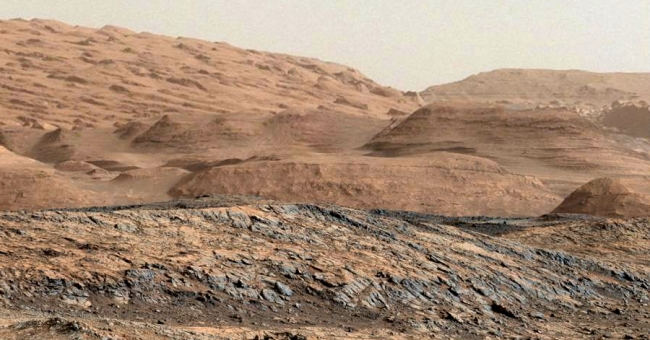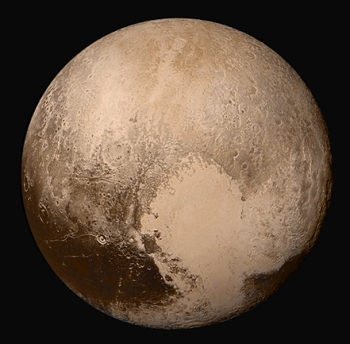NASA extends Russian crew ferry contract through 2019 for $490 million
Lobbying Congress: Claiming that the unwillingness of Congress to fully fund its effort to build commercial manned space ferries, NASA announced today that it has extended its contract with the Russians through 2019, at a cost of $490 million.
For the next fiscal year, House Republicans have proposed allocating nearly $250 million less than the request, while Senate Republicans would offer $300 million less. If Congress doesn’t increase the allocation, Boeing and SpaceX likely will receive orders to immediately suspend all operations either next spring or summer, Bolden said. And if those orders are issued, Bolden said the existing contracts “may need to be renegotiated, likely resulting in further schedule slippage and increased cost.”
According to this article, the extension has also increased the cost per astronaut flight from $71 to $82 million.
The irony here is that I do not believe Congress’s cuts to this program have slowed SpaceX’s effort down in the slightest. I expect that, barring more flight failures or orders from NASA to stop work, they could fly their first manned Dragon flight by 2017.
Boeing however is probably dragging its feet, since it really isn’t that much interested in achieving manned flight as much as squeezing cash out of Congress. It is probably thus eagerly working with NASA in this lobbying effort.
Meanwhile, the Republican idiots in Congress are claiming — falsely — that these cuts are forced on them by sequestration. This is a lie, as they have, at the same time they have cut commercial crew, increased the budget for SLS. If they were really interested in serving the needs of the nation they would have cut SLS, which can’t accomplish anything and is a terrible waste, and sent the money to commercial crew instead.
But then, who said they were interested in serving the needs of the nation? It doesn’t appear that way to me.
Lobbying Congress: Claiming that the unwillingness of Congress to fully fund its effort to build commercial manned space ferries, NASA announced today that it has extended its contract with the Russians through 2019, at a cost of $490 million.
For the next fiscal year, House Republicans have proposed allocating nearly $250 million less than the request, while Senate Republicans would offer $300 million less. If Congress doesn’t increase the allocation, Boeing and SpaceX likely will receive orders to immediately suspend all operations either next spring or summer, Bolden said. And if those orders are issued, Bolden said the existing contracts “may need to be renegotiated, likely resulting in further schedule slippage and increased cost.”
According to this article, the extension has also increased the cost per astronaut flight from $71 to $82 million.
The irony here is that I do not believe Congress’s cuts to this program have slowed SpaceX’s effort down in the slightest. I expect that, barring more flight failures or orders from NASA to stop work, they could fly their first manned Dragon flight by 2017.
Boeing however is probably dragging its feet, since it really isn’t that much interested in achieving manned flight as much as squeezing cash out of Congress. It is probably thus eagerly working with NASA in this lobbying effort.
Meanwhile, the Republican idiots in Congress are claiming — falsely — that these cuts are forced on them by sequestration. This is a lie, as they have, at the same time they have cut commercial crew, increased the budget for SLS. If they were really interested in serving the needs of the nation they would have cut SLS, which can’t accomplish anything and is a terrible waste, and sent the money to commercial crew instead.
But then, who said they were interested in serving the needs of the nation? It doesn’t appear that way to me.




